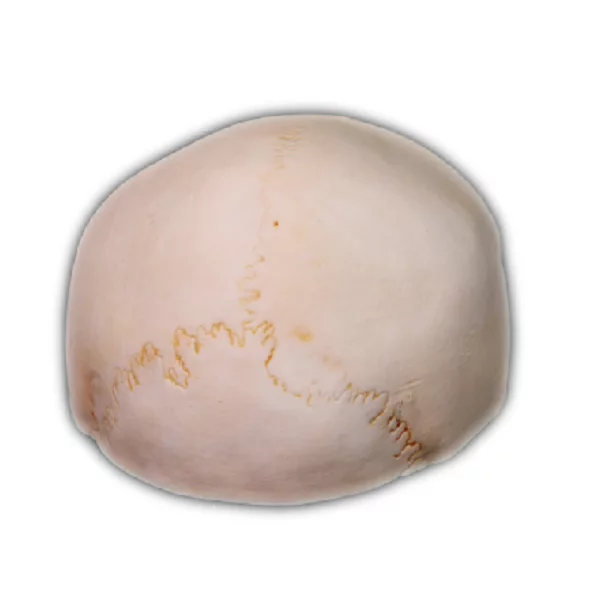The utilization of face anatomy 3d models has revolutionized the field of medical education and research. These models provide a comprehensive and interactive representation of facial structures, allowing for enhanced understanding and analysis. In this article, we will delve into the benefits offered by face anatomy 3d models while considering their cost-effectiveness.
Enhanced Visualization and Understanding
Face anatomy 3D models offer an unparalleled level of visualization compared to traditional two-dimensional illustrations or textbooks. By providing a three-dimensional representation, these models allow students, researchers, and medical professionals to explore intricate details with ease. The ability to rotate, zoom in/out, and dissect virtual anatomical structures enhances understanding by offering a more immersive learning experience.
Beyond static images or diagrams, face anatomy 3D models enable users to interactively manipulate various components such as muscles, bones, nerves, blood vessels etc., facilitating a deeper comprehension of their interrelationships within the facial structure.
DIGIHUMAN: A Cutting-Edge Solution
DIGIHUMAN is one prominent example that showcases the potential of face anatomy 3D modeling technology. This advanced system provides highly accurate representations of human faces based on real-life data obtained through computed tomography (CT) scans.
By utilizing DIGIHUMAN’s detailed facial model library encompassing diverse age groups and ethnicities along with its sophisticated software interface for manipulation and exploration purposes; medical professionals can gain invaluable insights into complex craniofacial conditions or surgical planning scenarios without relying solely on cadaveric dissections or invasive procedures.
A Revolutionary Tool for Anatomy Education
In addition to its applications in clinical practice settings, face anatomy 3D models have also proven to be an invaluable tool for anatomy education. The integration of virtual reality (VR) technology has further enhanced the learning experience by providing a realistic and immersive environment.
Virtual reality medical training systems, such as those designed specifically for anatomy education, allow students to engage in hands-on experiences without the need for cadavers or physical specimens. These systems offer interactive tutorials, quizzes, and simulated surgical procedures that can significantly improve knowledge retention and skill development.
Moreover, face anatomy 3D models used in conjunction with VR technology provide a cost-effective alternative to traditional anatomical teaching methods. Institutions can reduce expenses associated with procuring and maintaining cadaveric materials while ensuring access to high-quality educational resources throughout the curriculum.
Click virtual reality medical training system for anatomy education.
In Conclusion

The utilization of face anatomy 3D models offers numerous advantages in terms of visualization, understanding, and cost-effectiveness. By leveraging technologies like DIGIHUMAN and virtual reality medical training systems for anatomy education purposes, medical professionals and students alike can enhance their knowledge base while minimizing resource requirements.
As we continue to explore innovative approaches in medical education and research, it is evident that face anatomy 3D models will play a pivotal role in shaping the future of anatomical studies.

